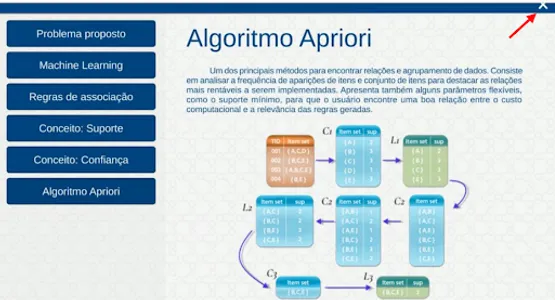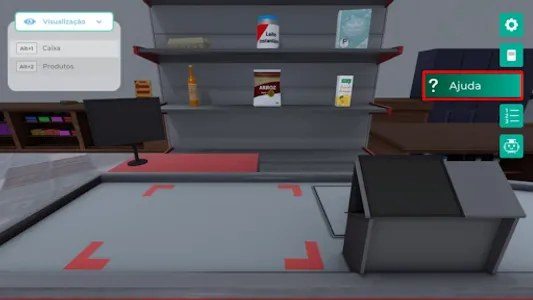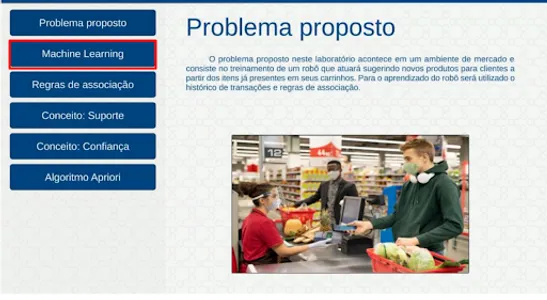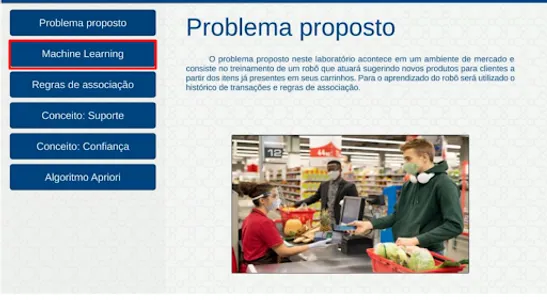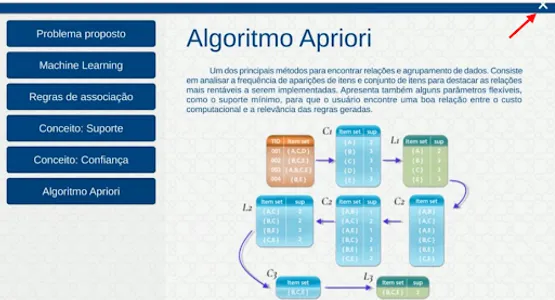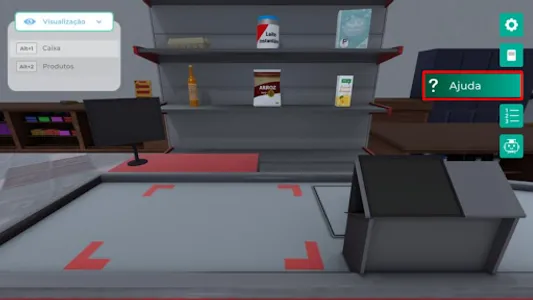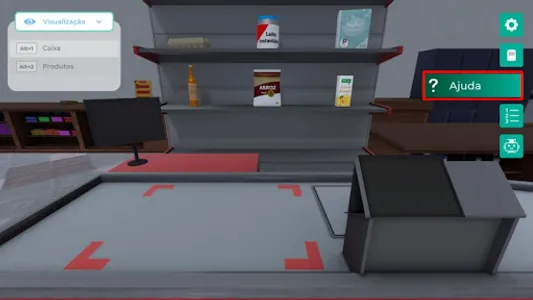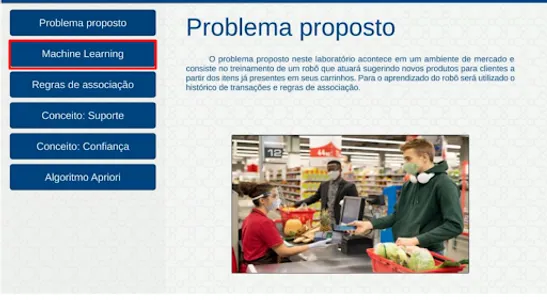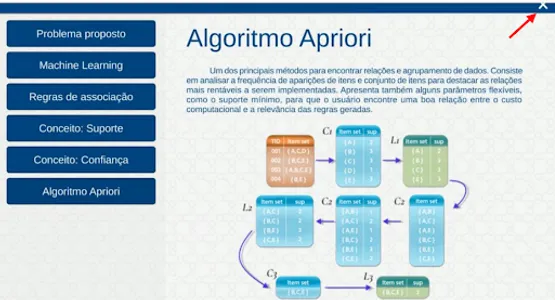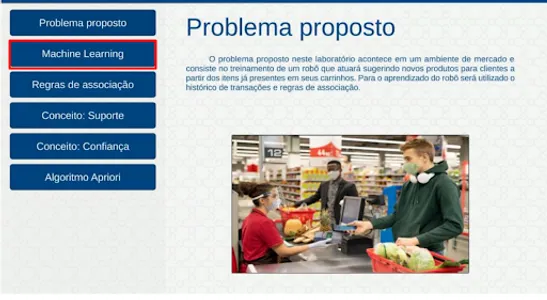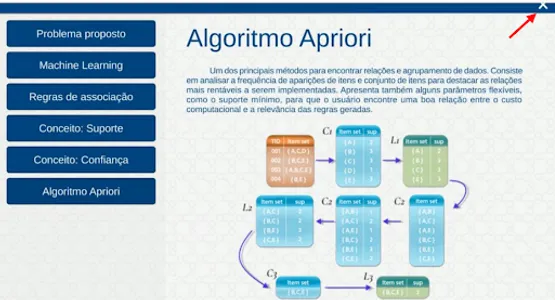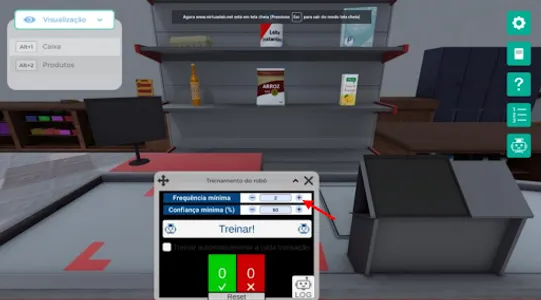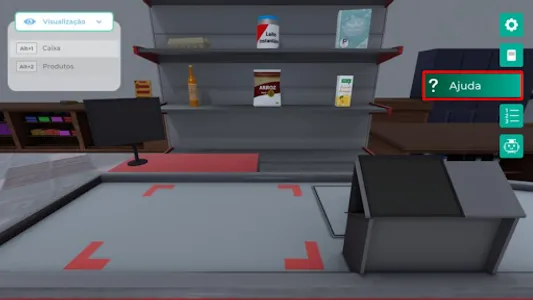1. OBJECTIVE
For this lab, you will understand the functioning of the Apriori algorithm, a data mining algorithm, more specifically rule association, which is widely used for the analysis of market baskets.
At the end of this experiment, you should be able to:
Recognize the functioning of the Apriori algorithm;
Identify the main metrics for evaluating the results of the Apriori algorithm;
Implement and test a version of the Apriori algorithm.
2. WHERE ARE THESE CONCEPTS USED?
Association rule algorithms are used to discover elements that occur quite frequently in a dataset, a task known as “frequent itemset mining”.
This is the type of algorithm used to find suggestions for similar products when shopping at online stores, for example.
3. THE EXPERIMENT
In this experiment, you will visualize the operation of a rule association algorithm in operation for the context of purchases in a market. In addition, you will see how the algorithm makes suggestions for new items that are associated with the items being purchased by the customer in the marketplace.
4. SECURITY
Not applicable.
5. SCENARIO
In this practice, you will be inserted in the context of a supermarket system, in which purchases are being made by customers, and transactions are being stored by the system.
For this lab, you will understand the functioning of the Apriori algorithm, a data mining algorithm, more specifically rule association, which is widely used for the analysis of market baskets.
At the end of this experiment, you should be able to:
Recognize the functioning of the Apriori algorithm;
Identify the main metrics for evaluating the results of the Apriori algorithm;
Implement and test a version of the Apriori algorithm.
2. WHERE ARE THESE CONCEPTS USED?
Association rule algorithms are used to discover elements that occur quite frequently in a dataset, a task known as “frequent itemset mining”.
This is the type of algorithm used to find suggestions for similar products when shopping at online stores, for example.
3. THE EXPERIMENT
In this experiment, you will visualize the operation of a rule association algorithm in operation for the context of purchases in a market. In addition, you will see how the algorithm makes suggestions for new items that are associated with the items being purchased by the customer in the marketplace.
4. SECURITY
Not applicable.
5. SCENARIO
In this practice, you will be inserted in the context of a supermarket system, in which purchases are being made by customers, and transactions are being stored by the system.
Show More
